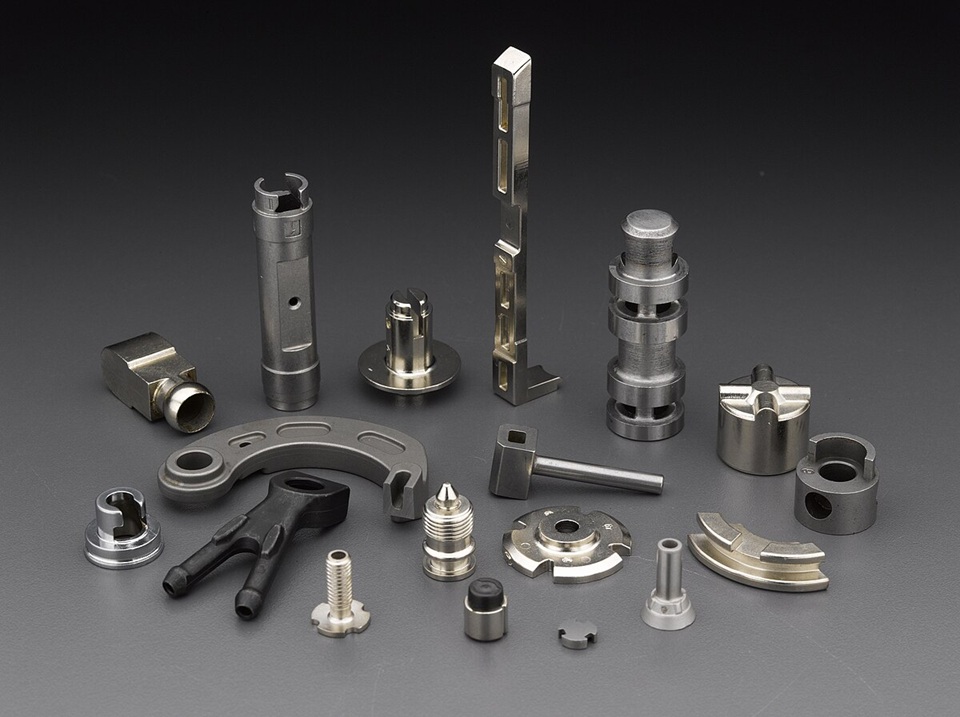AMT – metal injection molding represents a manufacturing revolution that’s quietly transforming industries from medical devices to automotive components, combining the precision of plastic injection with the strength of powdered metals to create impossibly complex parts that traditional machining simply cannot match.
Walk into any modern hospital, and you’ll encounter surgical instruments crafted through this remarkable process. Slip your smartphone from your pocket, and you’re holding components born from metal injection molding technology. Start your car, and dozens of precisely engineered parts, each one a testament to advanced manufacturing, spring into action. This isn’t merely about making things; it’s about reimagining what’s possible when engineering meets innovation.
What Makes Metal Injection Molding Extraordinary
The process itself reads like industrial alchemy. Fine metal powders, smaller than 20 micrometres, are mixed with polymer binders to create what manufacturers call “feedstock”, a malleable compound that flows like liquid yet carries the potential of solid metal. This feedstock enters injection moulding machines where it takes shape in complex geometries that would challenge even the most skilled machinist.
But here’s where the magic truly happens: through carefully controlled debinding and sintering processes, the polymer binders disappear, leaving behind dense, net-shape metal components with mechanical properties rivalling traditionally manufactured parts. The transformation is complete, from powder to precision, from concept to component.
The Singapore Advantage: Precision Engineering Excellence
Singapore has emerged as a global hub for advanced metal injection molding, with local manufacturers pushing the boundaries of what’s achievable. “We hold ISO 9001, ISO 13485 and IATF 16949 certifications, assuring quality in medical, automotive, industrial, and electronics sectors”, representing the rigorous standards that define the industry.
The precision capabilities are staggering. Components weighing less than two grams, with wall thicknesses under one millimetre, emerge from these facilities with tolerances that would make traditional manufacturers weep with envy. “AMT overcame great challenges to mass produce the One-piece Nozzle with its’ complex internal channels of good finishing and was conferred the EPMA Award in 2018”, demonstrating how Singapore-based operations are setting global benchmarks.
Material Mastery: Beyond Traditional Boundaries
The materials palette available through metal injection molding reads like an engineer’s wishlist:
• Ferrous alloys: Carbon steels, stainless steels, and low thermal expansion alloys providing strength and durability
• Superalloys: Inconel, F75, MP35N, and Nimonic 90 for high-performance applications
• Speciality materials: Tungsten-heavy alloys, tungsten-copper combinations, and pure copper for specific conductivity requirements
• Biocompatible options: Medical-grade stainless steels for surgical instruments and implants
Each material brings distinct properties, yet all share the common thread of being precisely controllable through the molding process. “Non-ferrous alloys, including superalloys (Inconel), F75, MP35N, Nimonic 90, Tungsten-Heavy Alloy (WHA), Tungsten-Copper (WCu), and Copper (Cu), offer high corrosion resistance, superior conductivity, and excellent mechanical properties”.
Industries Transformed Through Advanced Manufacturing
The automotive sector has embraced metal injection moulding for components that demand both complexity and reliability. Fuel injectors, transmission parts, and sensor housings, each requiring geometries that would be prohibitively expensive through traditional machining, now flow from molding operations with remarkable efficiency.
Medical device manufacturers have found particular value in the technology’s ability to create intricate surgical instruments and diagnostic equipment components. The precision required for gas chromatography equipment, with its complex internal channels managing gas flow without leakage, exemplifies how the process addresses challenges that conventional manufacturing struggles to solve.
Electronics applications push miniaturisation to its limits, creating connector housings, smartphone components, and optical elements that balance functionality with space constraints. The technology’s ability to integrate multiple parts into single components reduces assembly complexity whilst improving performance.
The Economics of Innovation
Traditional manufacturing often involves significant material waste, particularly when machining complex geometries from solid stock. Metal injection moulding achieves near-net-shape production, dramatically reducing waste whilst enabling volume production of parts that would otherwise require extensive secondary operations.
The process particularly excels in medium to high-volume applications, typically ranging from 10,000 to over 2,000,000 parts annually. This volume capability, combined with the ability to create parts with complex internal features, makes the technology particularly attractive for applications where design freedom directly translates to performance advantages.
Quality Assurance and Technological Innovation
Modern metal injection moulding facilities operate under stringent quality protocols. “AMT’s continuous effort in innovating with new materials and processes has garnered tremendous recognition – 15 inventions and 29 worldwide patents and counting”, illustrating the ongoing innovation driving the industry forward.
The integration of Industry 4.0 principles, incorporating automation, data analytics, and smart manufacturing techniques, ensures consistent quality whilst reducing production costs. These facilities maintain cleanroom environments where necessary, particularly for medical applications requiring validated processes.
Looking Forward: The Future of Precision Manufacturing
As global supply chains face increasing pressures for localisation and efficiency, advanced manufacturing technologies like metal injection moulding offer compelling solutions. The ability to consolidate multiple manufacturing steps, reduce material waste, and create parts with impossible geometries positions this technology at the forefront of modern manufacturing.
The convergence of material science advances, process optimisation, and digital manufacturing tools continues expanding the boundaries of what’s achievable. Components that seemed impossible a decade ago now emerge routinely from these sophisticated operations.
From the smallest medical device component to complex automotive systems, the precision and capabilities offered by modern manufacturing demonstrate how innovation transforms not just products, but entire industries. The future belongs to those who understand that true manufacturing excellence emerges when advanced technology meets unwavering commitment to quality, precisely what defines today’s AMT – metal injection molding landscape.







